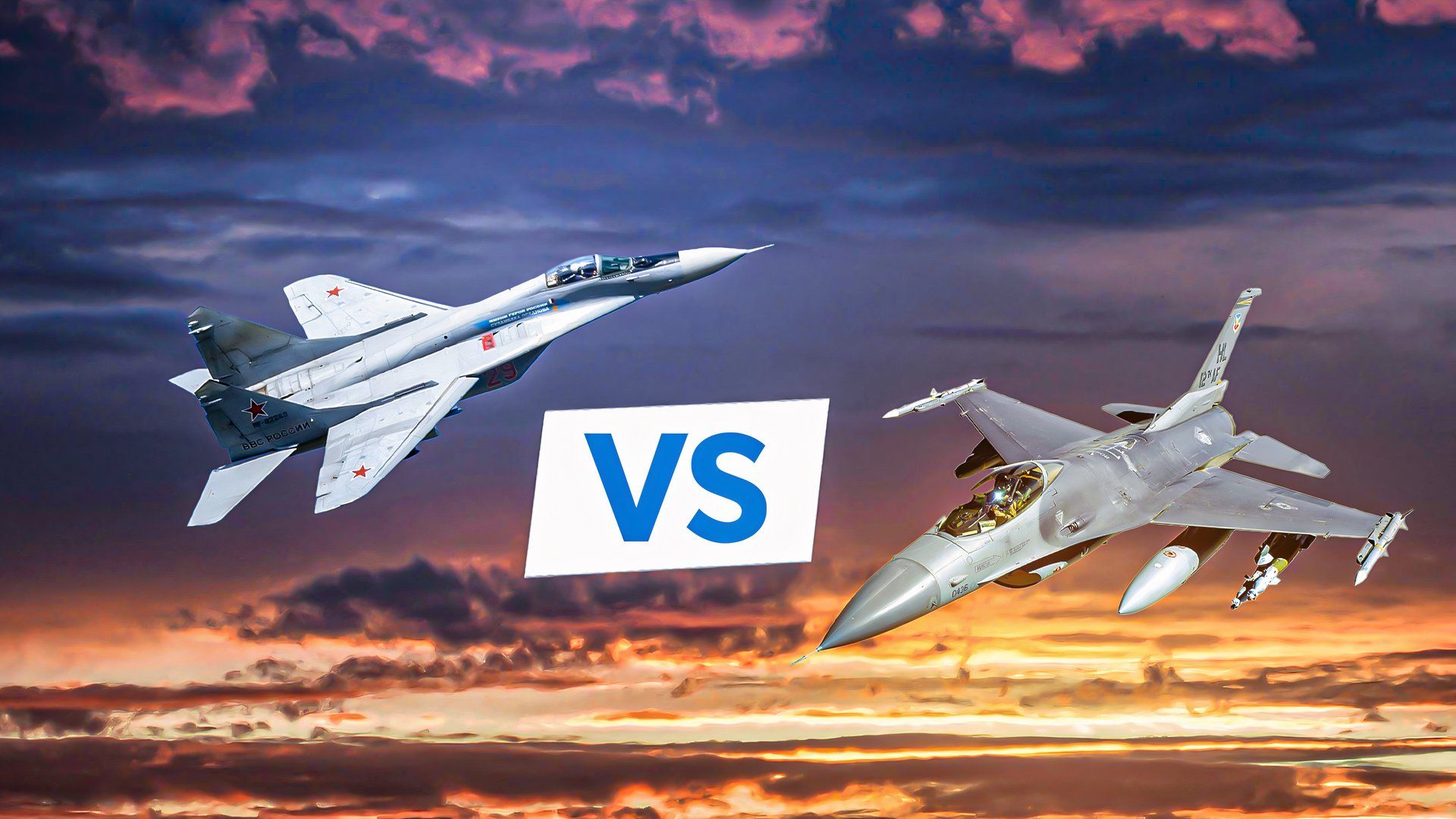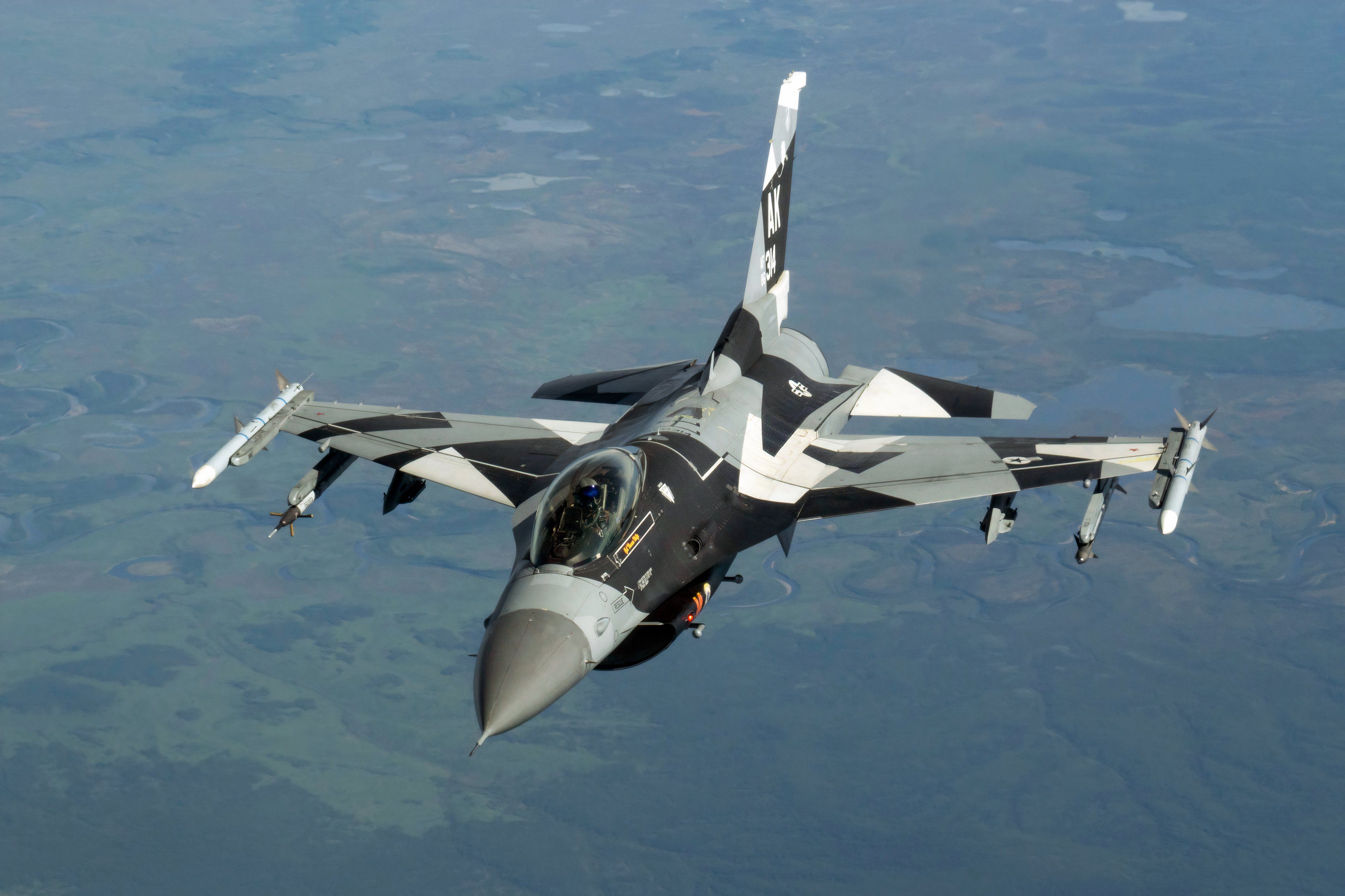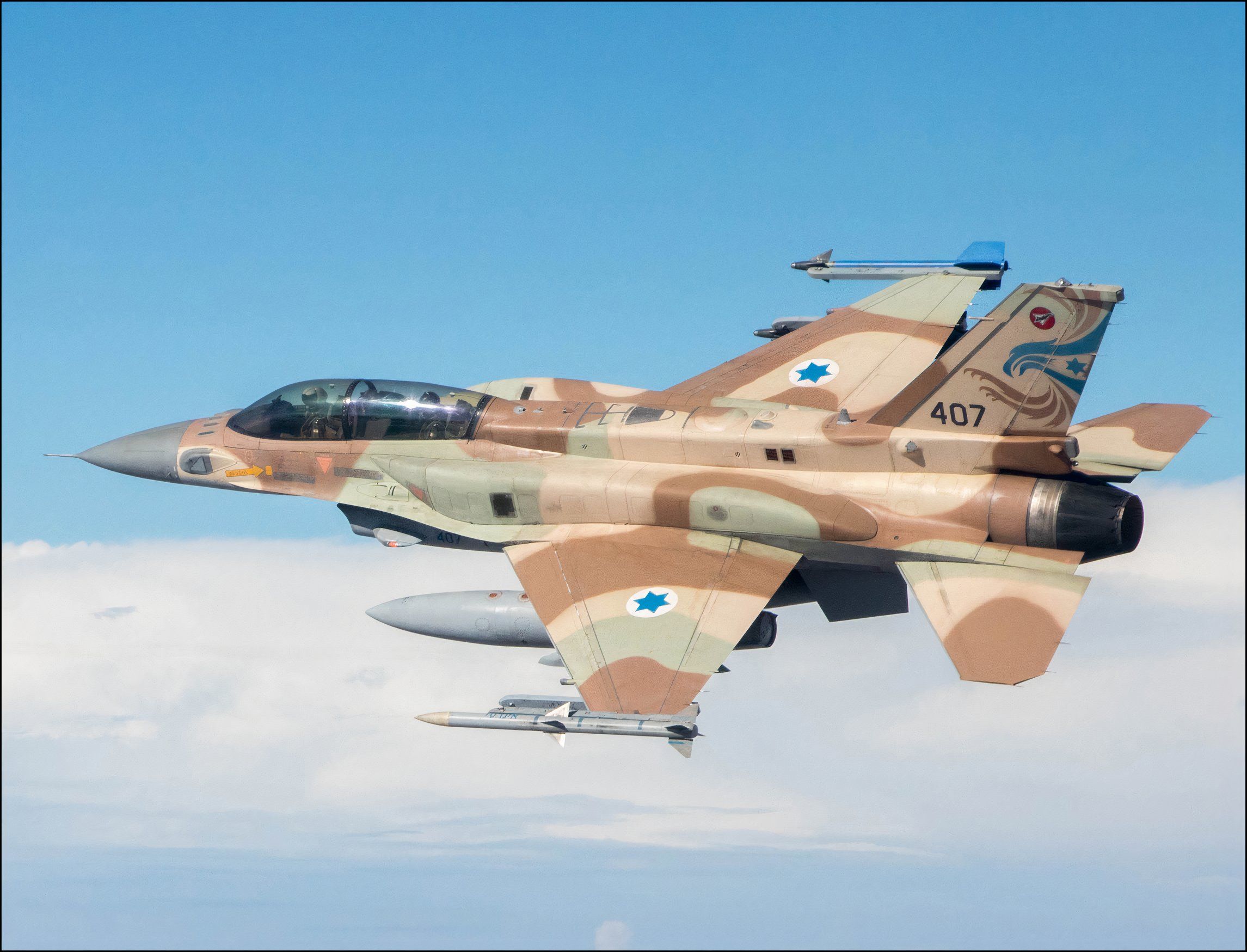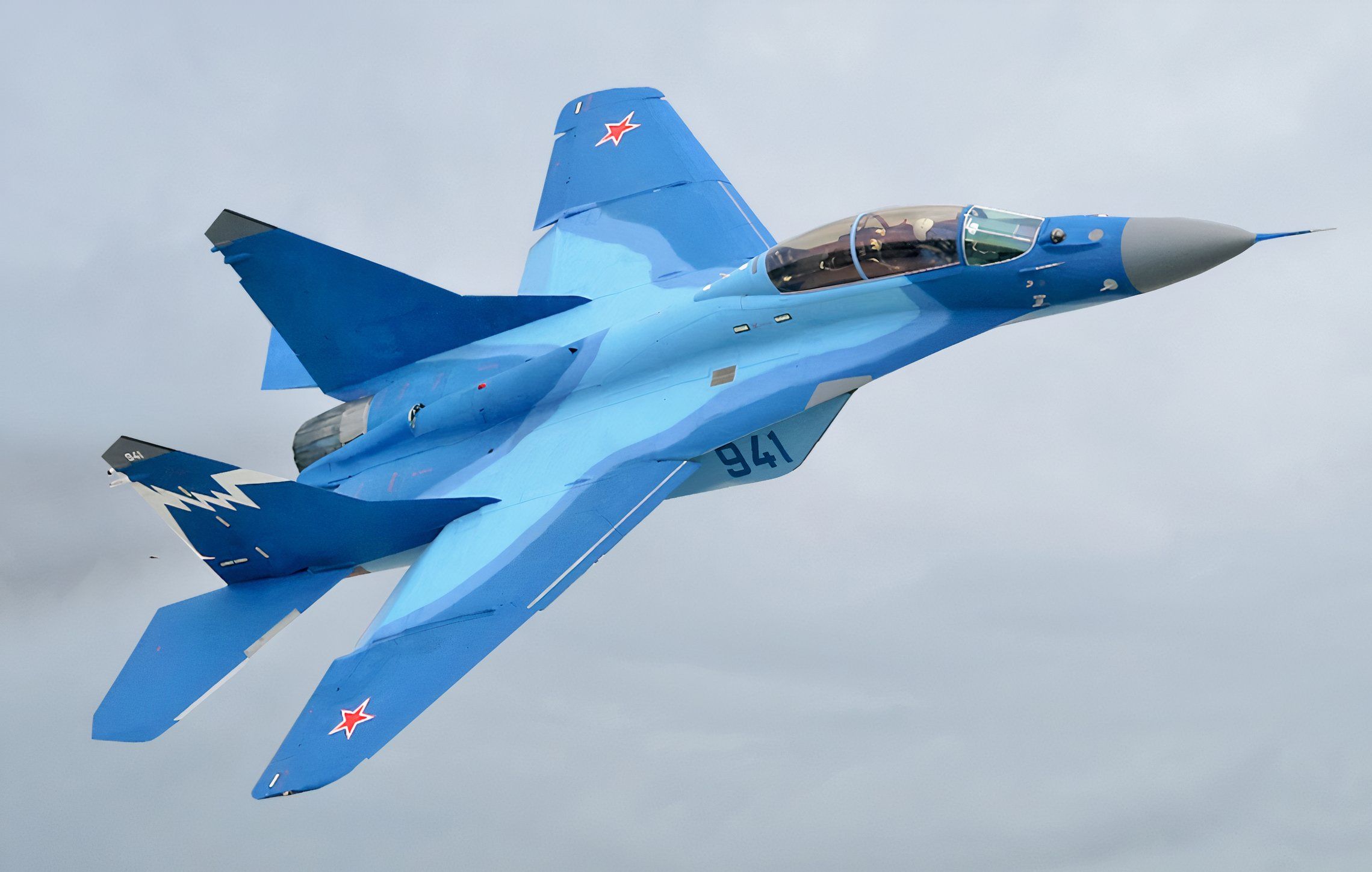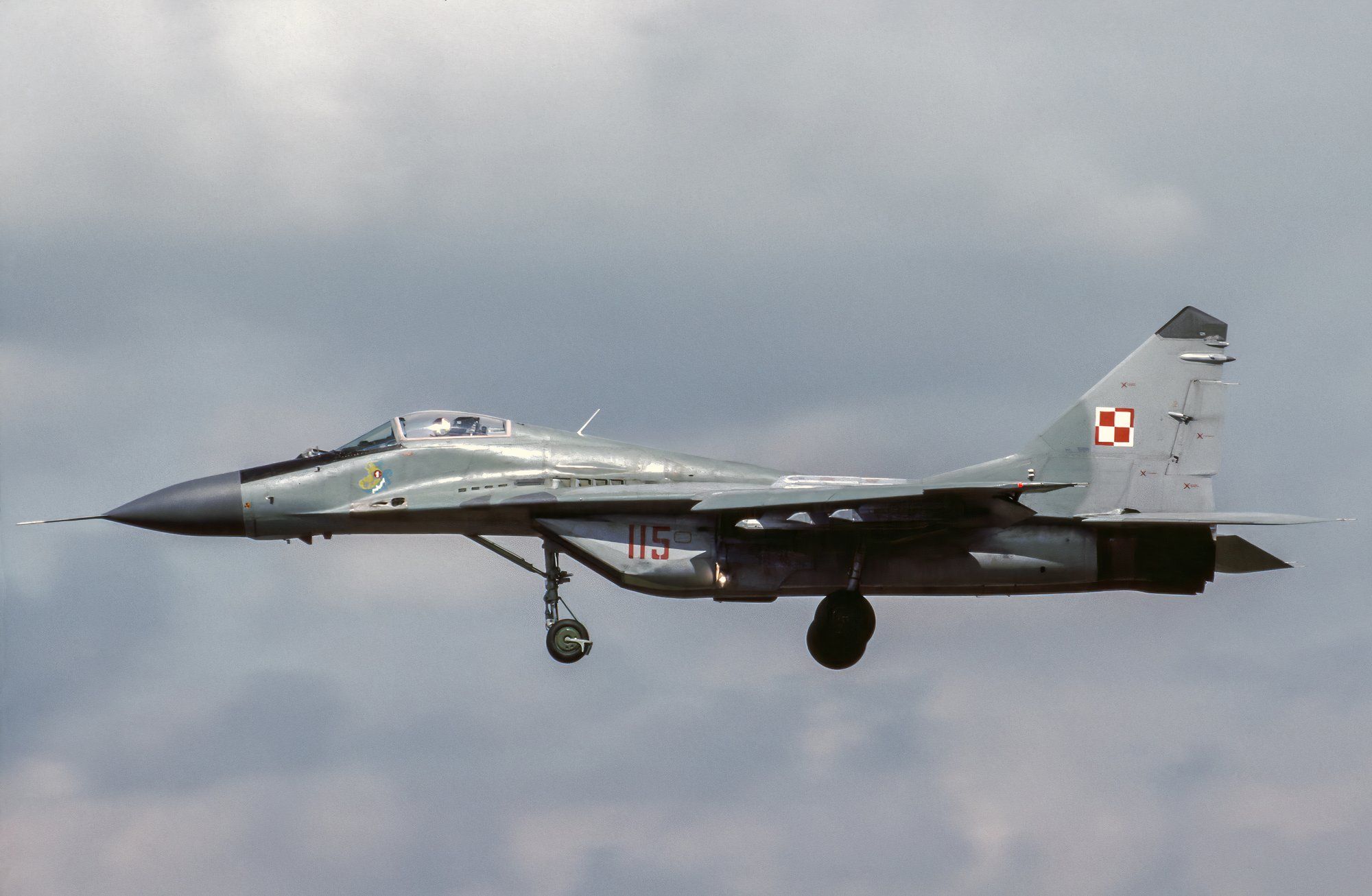Summary
- Belgium, Denmark, Norway, and the Netherlands will provide F-16 Vipers to patrol Ukraine’s skies.
- Training time for pilots, ground crews, and munition types may limit the F-16’s impact on the war.
- F-16s can target Russian helicopters, intercept drones, and launch long-range cruise missiles, but Russian MiG-29s’ fuel capacity and situational awareness remain vulnerable.
After several years of asking and multiple delays in training pilots and ground maintenance crews, American-built F-16 Vipers will soon be patrolling the skies over Ukraine. Belgium, Denmark, Norway, and the Netherlands have committed to giving Ukraine around 85 of the multirole fighters as they begin to take delivery of fifth-generation F-35s. While some will arrive this summer, it will take a couple of years before a sufficient number of pilots are trained to fly them.
Unlike NATO forces, which are trained to accomplish air superiority in any conflict, Russia has an entirely different doctrine. Military planners see aircraft merely as a way to deliver missiles and bombs far away from their targets. When Russia first started its “Special Operation” on February 24, 2022, it threw everything at Kyiv, expecting Volodymyr Zelenskyy’s government to collapse in a matter of days.
Instead, Ukrainian forces fought back, and nearly two and a half years later, we have a stalemate that has turned into a war of attrition. With this in mind, we will examine the impact the F-16 will have on the war and how they will fare against Russian MiG-29s.
About the General Dynamics F-16 Fighting Falcon
Also known as the F-16 Viper because it resembles a fighter used in the television series Battlestar Galactica, the General Dynamics F-16 Fighting Falcon is an American single-engine supersonic multirole fighter aircraft. During the Vietnam War, it became apparent that the United States Air Force (USAF) needed a lightweight multirole fighter to establish air superiority. Five aircraft manufacturers took on the challenge, and the General Dynamics YF-16 emerged as the victor.
Photo: USAF
The YF-16 made its maiden flight at the Air Force Flight Test Center at Edwards AFB, California, on February 2, 1974. At the time, the aircraft was undergoing high-speed taxi tests, and during one of them, the aircraft began to veer off the runway, and rather than crash to test, the pilot increased the thrust and took off.
At the time, American NATO allies Belgium, Denmark, Norway, and the Netherlands were all looking for a fighter to replace their F-104G Starfighter fighter bombers. The United States, meanwhile, needed to replace its aging F-105 Thunderchief and F-4 Phantom II fighter bombers. Rather than just being an air superiority fighter jet, the YF-16 needed to be a multirole aircraft capable of delivering bombs.
Now designated as the F-16, the first aircraft rolled out of General Dynamics Fort Worth, Texas, factory on October 20, 1976. After more years of testing, the first F-16 entered service with the 34th Tactical Fighter Squadron, 388th Tactical Fighter Wing, at Hill AFB in Utah, on October 1, 1980.
Photo: Israel Air Force
The first time an F-16 was used in combat was in 1981 when the Israeli Air Force shot down a Mi-8 helicopter; the F-16 then played a significant role in the 1982 Israeli invasion of Lebanon, shooting down 44 MiG-21s, MiG-23s, and Su-20s.
Specifications and general characteristics of the F-16
|
Crew |
1 |
|
Length |
49 feet 5 inches |
|
Height |
16 feet |
|
Wingspan |
32 feet 8 inches |
|
Wing area |
300 square feet |
|
Empty weight |
18,900 lbs |
|
Gross weight |
26,500 |
|
Power |
1 × General Electric F110-GE-129 |
Performance
|
Maximum speed |
Mach 2.5 |
|
Combat range |
339 miles |
|
Ceiling |
50,000 feet |
About the Mikoyan MiG-29
The Mikoyan MiG-29, NATO-named Fulcrum, is a Soviet-era twin-engine fighter aircraft developed by the Mikoyan design bureau as an air superiority fighter. The plane was built to help counter the McDonnell Douglas F-15 Eagle and the General Dynamics F-16 Fighting Falcon.
During the Vietnam War, the Soviets discovered that American fighter bombers were vulnerable to highly maneuverable MiG-17s.
The Americans started building the McDonnell Douglas F-15 Eagle and the General Dynamics F-16 Fighting Falcon to remedy the situation and gain an air superiority advantage. To prevent the Americans from having a technological advantage, the Soviets began working on a new air superiority fighter that would become the MiG-29.
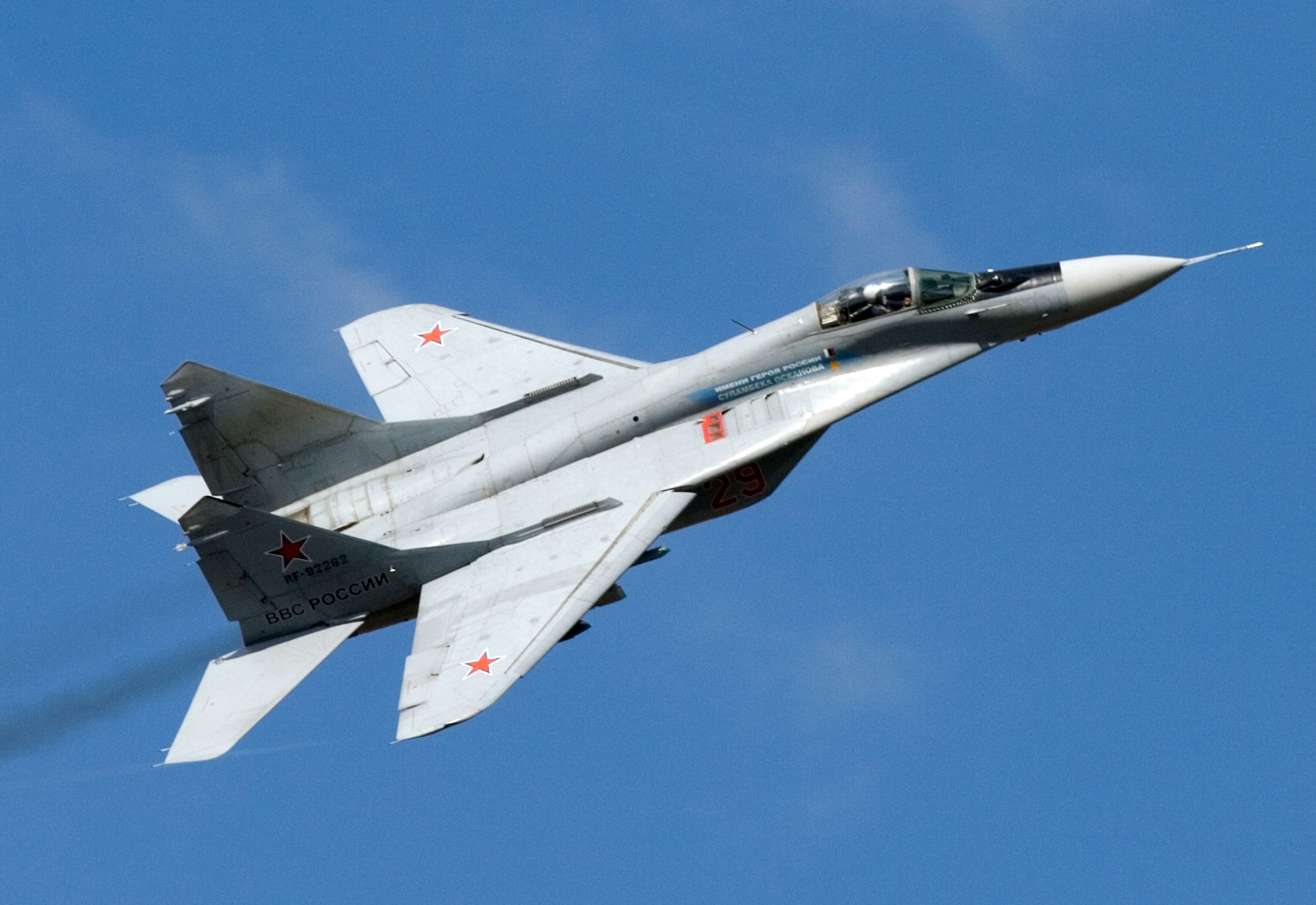
Related
Double The Speed Of Sound: A Guide To The MiG-29 Fulcrum
The legendary fighter jet can reach speeds of up to Mach 2.25
After entering service in 1983, the MiG-29 was exported to fellow Warsaw Pact countries and countries seen as friendly, such as India. Once the Soviet Union collapsed in December 1991, several countries that were under Soviet influence kept their MiG-29s and are now members of NATO.
After being taken apart and tested by NATO pilots, the MiG-29 was found to have two vulnerable flaws: a low fuel capacity and limited situational awareness.
Specifications and general characteristics of the Mikoyan MiG-29
|
Crew |
1 |
|
Length |
56 feet 10 inches |
|
Height |
15 feet 6 inches |
|
Wingspan |
37 feet 3 inches |
|
Wing area |
410 square feet |
|
Empty weight |
24,521 lbs |
|
Gross weight |
32,849 lbs |
|
Power |
2 × Klimov RD-33 afterburning turbofan engines |
Performance
|
Maximum speed |
Mach 2.3 |
|
Range |
430–560 miles |
|
Ceiling |
59,000 feet |
How the F-16 will help Ukraine
While giving Ukraine F-16s will undoubtedly help them achieve limited-time air superiority, the type of munitions NATO gives them will be crucial in determining how they will be used. Another factor in how effective the F-16s will be is whether they will be allowed to strike targets in Russia and not just in Ukraine.
You also have to remember that Ukrainian pilots are being given crash courses on how to fly the F-16, something that NATO pilots take two years to achieve. Likewise, the technicians on the ground must be able to keep the planes airworthy. In the United States Air Force (USAF), earning a 7-level certificate necessary to maintain a combat-ready aircraft takes at least five years of on-the-job training.
Last summer, the Russians used helicopters to help stop the Ukraine counteroffensive in the south by supporting its frontline troops. With Ukraine now having the F-16, Russian helicopters will be highly vulnerable. The F-16s can also be used to intercept incoming drones and missiles and as a platform for launching long-range British Storm Shadow or French SCALP cruise missiles.
The chances of a Ukrainian F-16 and a Russian MiG-29 being involved in a dogfight are unlikely due to how Russia uses its Air Force. Afraid of its aircraft being shot down by surface-to-air missiles, Russian pilots release their munitions far away from their targets.

Related
How Has The F-16 Evolved Since Its Introduction?
The F-16 celebrates its golden anniversary this year. However, the plane hasn’t remained frozen in time, but rather has continued to evolve.

